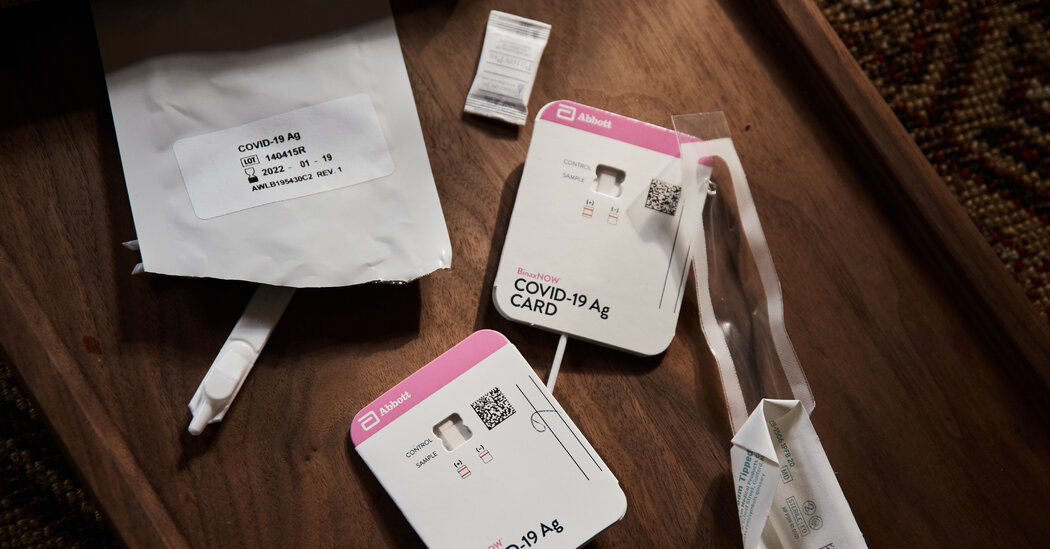
Tests also differ in their sensitivity, and people differ in how they perform them. “Some people do a swab test and it’s like they barely touch their nose,” Dr. Gordon said. “Whereas with other individuals — actually, with a family member recently, I had to be like, ‘Don’t hurt yourself,’ because they were really, really getting in there.”
What to do
One lesson is that prolonged positive results are common enough that people who leave isolation before Day 10 should continue to take precautions, such as wearing a well-fitting mask, experts said.
Beyond that, scientists disagreed. Some recommended that people isolate until they test antigen-negative, even if it takes more than 10 days.
“We can now tailor recommendations to individual experiences using the rapid test results to guide us,” Dr. Grad said. “And since we know that some people can have prolonged courses, it seems reasonable to me that if you are able to continue isolating if positive, you should do so.”
But several others said that, as a matter of public health policy, it does not make sense to ask most otherwise healthy people to isolate, or even keep testing, for more than 10 days.
“Nobody’s saying that there aren’t some people, maybe statistically speaking at the end of the tail, who might transmit after Day 10,” Dr. Chin-Hong said. But people at that stage of infection would not be likely to play a large role in spreading the virus, and continued testing could keep many people out of work or school without much public health benefit, he said. “And also you raise an equity issue,” he added, “like, ‘Who on Earth can have enough tests?’”
Even then, experts say, there are some circumstances in which people should continue to test and potentially isolate beyond Day 10. They include people whose symptoms are not improving and those who are immunocompromised, as they may shed infectious virus for longer periods of time. (The C.D.C. recommends that people with weakened immune systems isolate for up to 20 days.)




